How Sleep is Regulated: Sleep Pressure
Sleep regulation involves there are three main processes: circadian rhythms (i.e., your internal body clock), homeostatic sleep pressure,1 and arousal/stress.2 This article focuses on the process of homeostatic sleep pressure, also known as sleep drive or sleep propensity.
Homeostasis is your body’s ability to maintain a stable internal environment for optimal functioning. In the context of sleep, the homeostatic system helps regulate how much sleep you need to stay balanced. The mechanism used to regulate sleep homeostasis is quite elegant: the longer you stay awake, the more tired and sleepy you become (astonishing, isn’t it).
If you’re interested in learning more about how circadian rhythms and arousal/stress influence sleep, this article has additional information on those topics. Homeostatic sleep pressure is the most relevant process for understanding hwo impacts caffeine sleep.
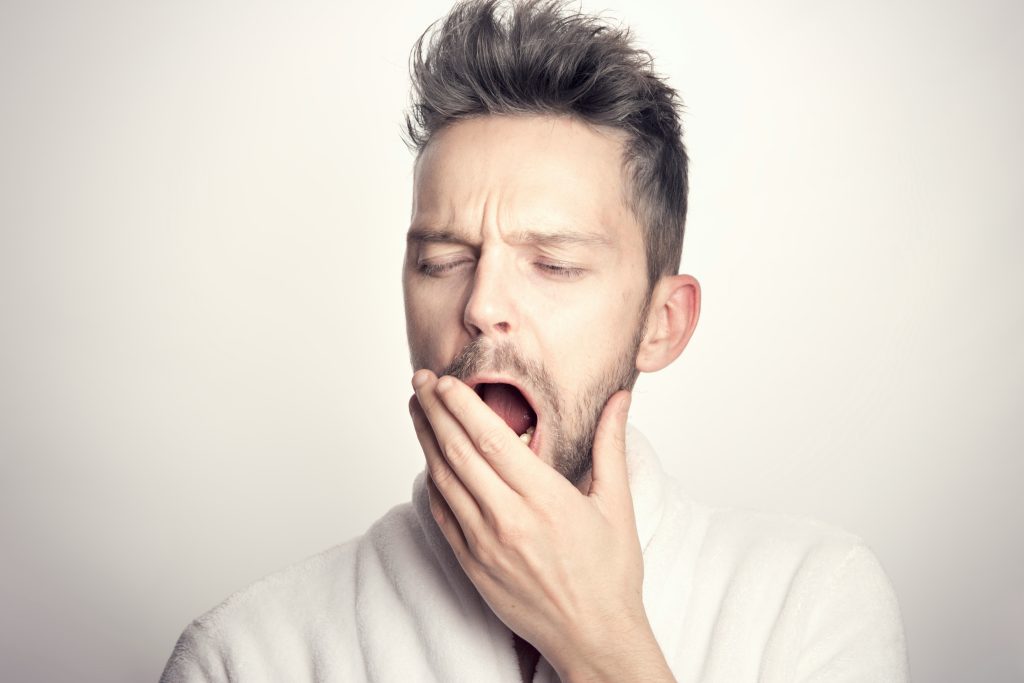
What Causes Sleep Pressure and Sleepiness
A molecule called adenosine triphosphate (ATP) is fundamental to supplying your body and brain with energy. For this reason, ATP is commonly referred to as the ‘energy currency’ of the cell. As you use energy during the day, ATP is broken down and the adenosine part of ATP accumulates in your brain. Adenosine accumulates in your brain the longer you stay awake resulting in increased sleep pressure. The more adenosine that accumulates, the more tired you feel.3,4 Adenosine is eventually cleared from your brain while you sleep.
The Effects of Caffeine on Alertness
A molecule called adenosine triphosphate (ATP) is fundamental to supplying your body and brain with energy. For this reason, ATP is commonly referred to as the ‘energy currency’ of the cell. As you use energy during the day, ATP is broken down and the adenosine part of ATP accumulates in your brain. Adenosine accumulates in your brain the longer you stay awake resulting in increased sleep pressure. The more adenosine that accumulates, the more tired you feel.3,4 Adenosine is eventually cleared from your brain while you sleep.
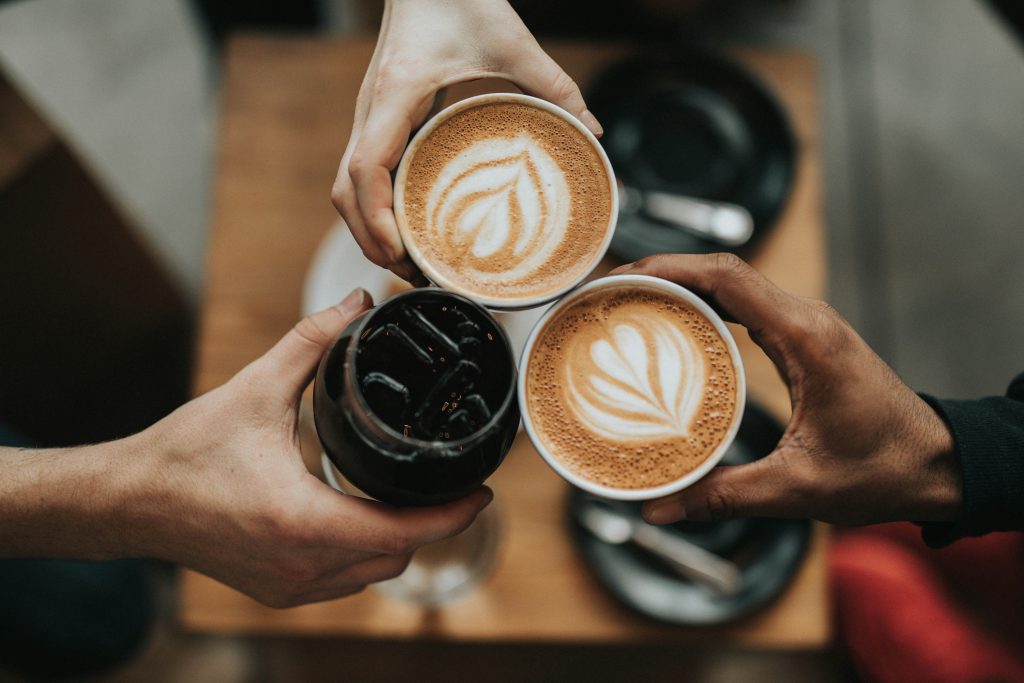
Caffeine Content of Popular Beverages
Popular beverages such as tea, coffee, energy drinks, and soft drinks are frequently consumed for their caffeine content, which helps to combat fatigue and boost energy levels. Caffeine can reduce tiredness and fatigue, enhancing cognitive and physical performance, especially when you’re sleep-deprived.6
The caffeine content in various beverages can vary significantly, particularly in different types of coffee. To understand these differences, refer to Table 1 below, which details the caffeine content in popular beverages.7-9
Table 1. Caffeine Content in Popular Beverages
| Beverage (amount of tea/coffee) | Amount of water | Caffeine |
|---|---|---|
| Lipton black decaf (1 bag) | 180 ml | 3.1 mg |
| Lipton black regular (1 bag) | 180 ml | 47 mg |
| Twinings Earl Grey | 180 ml | 29 mg |
| Stash green tea | 180 ml | 36 mg |
| Espresso (7-9 g ground coffee) | 20-66 ml | 66-135 mg |
| Pressed coffee (15 g ground coffee) | 250 ml | 62-93 mg |
| Cold brew (25 g ground coffee) | 250 ml | 149 mg |
| Instant coffee (2 g / 1 tsp) | 125 ml | 48-88 mg |
| Coca-Cola* | 330 ml | 33 mg |
| Red Bull energy drink* | 250 ml | 80 mg |
| Monster energy drink* | 500 ml | 160 mg |
| Mother energy drink* | 473 ml | 160 mg |
| V energy drink* | 250 ml | 78 mg |
| *Information was sourced from company websites | ||
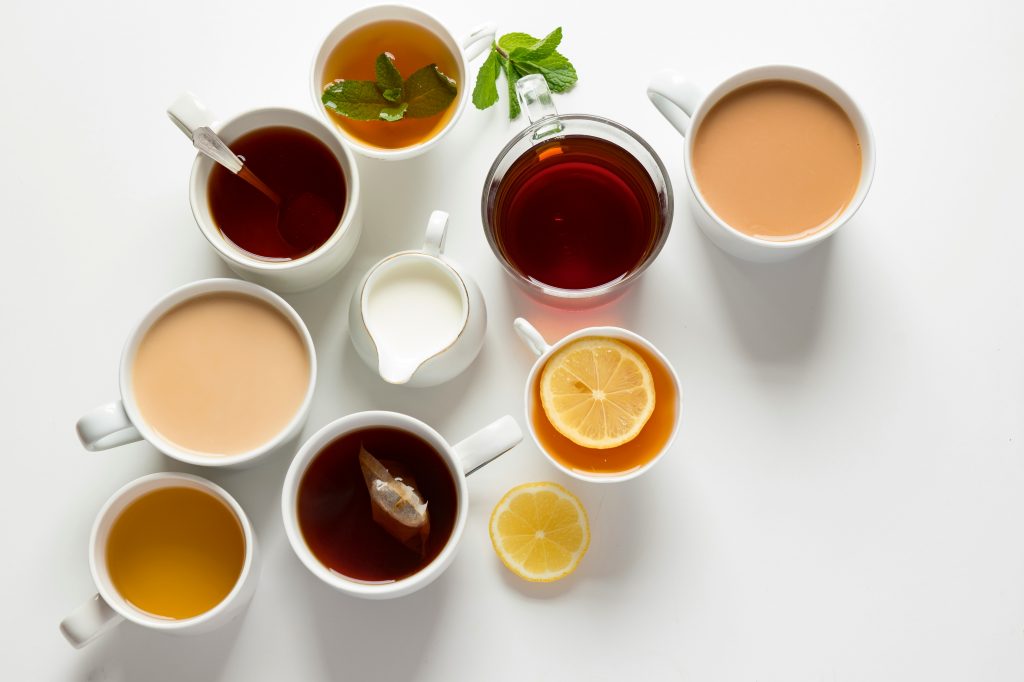
How Long Do the Effects of Caffeine Last?
After consuming caffeine, it takes about 30 minutes for you to start feeling its effects, with peak intensity occurring around 1 hour later.10 Your body takes about five hours to break down half the caffeine you consume – a measure known as the half-life. 11,12 Additionally, when caffeine breaks down, it creates a compound called paraxanthine, which has a similar effect on alertness and cognitive performance but remains in the brain even longer than caffeine.13
In a 2022 study from Switzerland, volunteers received three 150 ml portions of caffeine throughout the day, totalling 450 mg. Caffeine and paraxanthine levels in the brain were still elevated 36 hours after the last intake of caffeine.10 This suggests that high levels of caffeine consumption, like two double espressos (see Table 1 above), can affect alertness and sleep quality long after the last dose.
The Effect of Caffeine on Sleep
As seen above, caffeine can help reduce fatigue and improve alertness, especially following poor sleep. However, the use of caffeine can be a double-edged sword that also contributes to sleep problems and insomnia. This can lead to a problematic cycle where caffeine is used to counteract the effects of poor sleep but it also leads to sleep disturbances the following night, perpetuating the cycle.
A common example of how caffeine can be counterproductive is consuming caffeinated drinks during the “afternoon slump.” This is a time when our circadian rhythms naturally dip, causing a brief period of tiredness, which is normal and typically resolves on its own. However, consuming caffeine during this time can be problematic. By the time the caffeine takes effect, the circadian dip has likely already passed, potentially causing disrupted sleep later in the evening.
High caffeine use (i.e., 200-400 mg caffeine, equivalent to 2-4 single espressos) can:12,14
- Make it more difficult to fall asleep.
- Reduce your total sleep time.
- Decrease the amount of slow-wave/deep sleep you get.
It is important to note that caffeine impacts sleep in a dose- and time-dependent manner. The more caffeine you have and the closer you consume this to your bedtime, the more it will impact your sleep.15
Individual responses to caffeine can vary due to factors like genetic differences in caffeine metabolism, caffeine tolerance, and caffeine sensitivity. Chronic caffeine consumption can also lead to adaptive changes in the body, such as an increased number of adenosine receptors in your brain and faster caffeine clearance rates from your body.
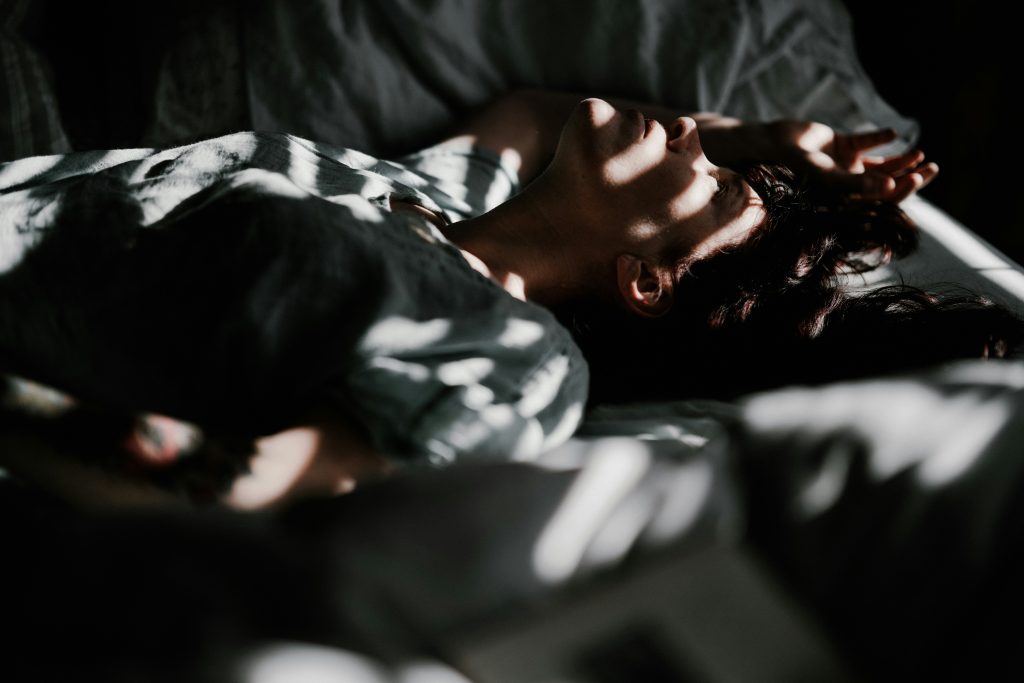
Caffeine and Anxiety
Caffeine can be especially problematic for individuals with anxiety.16 Caffeine can exacerbate feelings of nervousness and increase intrusive worrying thoughts, contributing to poor sleep and insomnia. High caffeine intake (e.g., over 400 mg) has been shown to also amplify anxiety symptoms in people who don’t usually experience anxiety.17
Summary and Key Points
The caffeine molecule is structurally similar to the adenosine molecule, allowing it to block the build-up of sleep pressure in the brain. This action helps improve alertness and reduce tiredness when you’re feeling fatigued. However, caffeine can also contribute to sleep disturbances and insomnia.
If you experience sleep issues or have insomnia, consider the following tips to manage caffeine intake:
- Reduce Caffeine Consumption: Cut down on the amount of caffeine you consume, aiming to limit or eliminate it from your diet.
- Take a Caffeine Break: If you have significant sleep issues, consider taking a break from caffeine entirely until your sleep improves. You can reintroduce it gradually later on.
- Restrict to Morning Use: Try to have caffeine only in the morning and avoid it as much as possible later in the day. A general guideline is to have no caffeine after 10:00 am.
- Opt for a Nap Instead of Caffeine: If you’re feeling overly fatigued, consider taking a short nap (less than 30 minutes) instead of reaching for caffeine. This can help reduce tiredness and improve alertness without the risk of sleep disruption later that night.
- Avoid Caffeine During the Afternoon Slump: Instead of using caffeine to combat the “afternoon slump,” try light physical activity or a small snack to recharge your energy.
Finally, if you don’t experience insomnia, sleep issues, or excessive daytime fatigue, you may not need to worry about modifying your caffeine habits. The key is to find a balance that supports your sleep quality and overall well-being.
About the author

Tyrone is a clinical psychologist, nutritionist, and qualified chef with an interest in holistic health and wellbeing. Tyrone’s special interests include eating behaviour, disordered eating, weight management, insomnia, and anxiety.
References
1. Borbély, A. A. (1982). A two process model of sleep regulation. Human Neurobiology, 1(3), 195-204. Link to text.
2. Chawla, J, et al., (2018). What are the homeostatic and circadian processes regulating sleep? WebMD LLC. Link to website for image.
3. Tonsfeldt, K. J., & Chappell, P. E. (2012). Clocks on top: the role of the circadian clock in the hypothalamic and pituitary regulation of endocrine physiology. Molecular and Cellular Endocrinology, 349(1), 3-12. Link to text.
4. McClung, C. A. (2013). How might circadian rhythms control mood? Let me count the ways… Biological Psychiatry, 74(4), 242-249. Link to text.
5. Rutter, J., Reick, M., & McKnight, S. L. (2002). Metabolism and the control of circadian rhythms. Annual Review of Biochemistry, 71(1), 307-331. Link to text.
6. Mistlberger, R. (2015). Sleep and circadian rhythms: reciprocal partners in the regulation of physiology and behavior. Circadian Medicine, 57-79. Link to text.
7. Basheer, R., Strecker, R. E., Thakkar, M. M., & McCarley, R. W. (2004). Adenosine and sleep–wake regulation. Progress in Neurobiology, 73(6), 379-396. Link to text.
8. Lazarus, M., Chen, J. F., Huang, Z. L., Urade, Y., & Fredholm, B. B. (2017). Adenosine and sleep. Sleep-wake Neurobiology and Pharmacology, 359-381. Link to text.
9. Drake, C., Roehrs, T., Shambroom, J., & Roth, T. (2013). Caffeine effects on sleep taken 0, 3, or 6 hours before going to bed. Journal of Clinical Sleep Medicine, 9(11), 1195-1200. Link to text.
10 Halász, P., Terzano, M., Parrino, L., & Bódizs, R. (2004). The nature of arousal in sleep. Journal of Sleep Research, 13(1), 1-23. Link to text.
11 Sanford, L. D., Suchecki, D., & Meerlo, P. (2015). Stress, arousal, and sleep. Sleep, Neuronal Plasticity and Brain Function, 379-410. Link to text.
12 Nicolaides, N. C., Vgontzas, A. N., Kritikou, I., & Chrousos, G. (2020). HPA axis and sleep. Endotext [Internet]. Link to text.
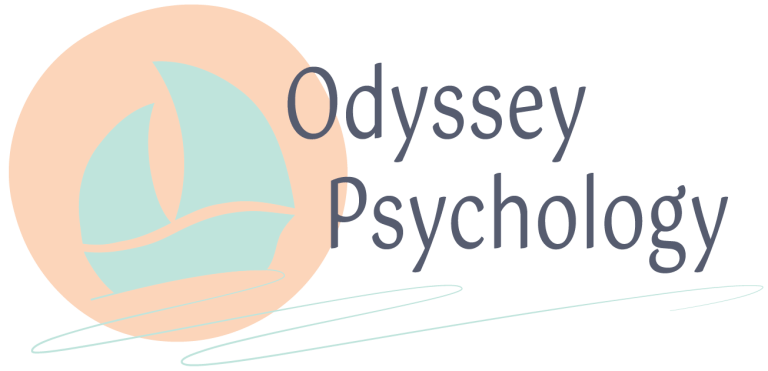



One Response
Very informative article, great read. Who would have known caffeine could have such random effects in the body, mind and most importantly sleep. Keep it up.